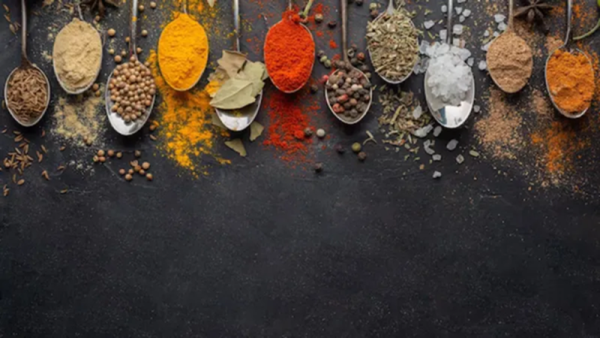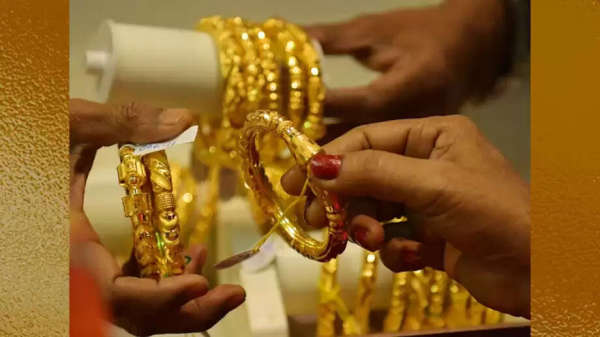

How to check the purity and adulteration of spices: These days, one has to think twice before buying anything from the market. One never knows which product may be adulterated with which chemicals or harmful substances. It's incredibly difficult to tell what's pure or impure, what's real or fake. You go to the market and buy your favorite brand, the company's products, food items, oils, and spices, and bring them home. If they're pure and genuine, everything is fine, but if they're adulterated, it won't take long for your health to deteriorate.

During the festive season, sweets are heavily adulterated, but did you know that even spices are now being adulterated? Various harmful dyes are added to make turmeric yellow and chili powder spicy, and harmful ingredients are added to enhance the spiciness. So, when you go to buy turmeric, chili, coriander, garam masala, and other powders, how do you know whether they're real or fake? Don't worry. Master Chef Pankaj Bhadouria has shared some such tricks and hacks on his Instagram account, which will help you easily differentiate between real and fake spices at home.
How to Distinguish Real from Fake Spices
Chef Pankaj Bhadouria has shared several tips that can help you determine whether chili powder, turmeric powder, etc., are real or adulterated. Increase your knowledge with these easy methods and identify adulteration in turmeric, cumin, red chili powder, asafoetida, and black pepper.
How to Check the Purity of Spices?
-If you've bought chili powder, even loose powder, to determine its purity, take a glass of water. Add a teaspoon of red chili powder to it. Real chili powder floats on the water and slowly sinks, while fake chili powder settles immediately.
-You can similarly test turmeric powder. Pour water into a glass. Add a teaspoon of turmeric powder. If the turmeric powder is real, it will float on the water. It will then slowly sink, leaving a pale yellow color. Adulterated turmeric will settle directly to the bottom and color the water a deep yellow (sunflower-like).
- To determine whether cumin is genuine or fake, take a small amount and rub it in your hand. Genuine cumin will remain clean and won't stain your palms. However, if cumin leaves are black color, it's adulterated.
- Shopkeepers often mix papaya seeds with black peppercorns. To determine this, try the water test. Take a glass of water and add a few black peppercorns. Genuine peppercorns will settle to the bottom, while fake ones will float. If they contain papaya seeds, they will float on top.

- Many people use asafoetida powder to temper their food. It enhances the flavor and aroma of the food. To test for genuine asafoetida, put it in a spoon and burn it in a gas flame or a candle flame. If it burns easily, it's genuine asafoetida. If it does not burn then understand that it is adulterated with raisins.
PC Social Media
-
UPSC CDS 2 Results 2025: UPSC will soon announce the CDS 2 exam results. When will they be released? Learn how to check..

-
Diwali Gift for Government Employees: Major Overhaul in CGHS Rates, New Prices Effective from October 13

-
CSBC Bihar Constable Vacancy 2025: Applications for Bihar Constable and Jail Warder posts begin today, 12th pass candidates can apply..

-
Just one missed call and then...why did EPFO issue this number 9966044425? Hours of work can be done in seconds..

-
Gold for Diwali: If you are planning to buy gold on Diwali, then apart from hallmark, definitely check this..
